#axillary bud
Text
The increase in strigolactone suppresses axillary bud outgrowth.
"Plant Physiology and Development" int'l 6e - Taiz, L., Zeiger, E., Møller, I.M., Murphy, A.
#book quote#plant physiology and development#nonfiction#textbook#strigolactones#growth suppression#plant growth#axillary bud
0 notes
Text
For example, mutations in the LATERAL SUPPRESSOR (LAS) genes from tomato (Solanum lycopersicum) (Figure 19.27) and Arabidopsis cause a complete block in axillary bud formation during the vegetative phase of development, and similar results have been observed in rice (Oryza sativa).

"Plant Physiology and Development" int'l 6e - Taiz, L., Zeiger, E., Møller, I.M., Murphy, A.
#book quotes#plant physiology and development#nonfiction#textbook#tomato#solanum lycopersicum#lateral suppressor#las#arabidopsis#rice#oryza sativa#mutant#mutation#axillary bud#leaf axil
0 notes
Text
Did you know that cabbage, collards, kale, brussel sprouts, kohlrabi, broccoli AND cauliflower are all varieties of brassica oleracea? Now you do!
Try to recreate your favorite vegetable by voting for which parts of the plant to select for :)
#i could have expanded to other brassica species and included roots (turnips!!)#but we're sticking with oleracea for now
607 notes
·
View notes
Text

Growing garlic from bulbils, which are inside the plant's flower umbel, is rewarding. A bulbil is a small, young garlic that is reproduced vegetatively from axillary buds on the parent plant's stem.

These young plants are clones of the parent plant that produced them. Here's a step-by-step guide to help you get started, so keep reading!
#gyo#gardening uk#gardenchat#lovegardening#gardening#garden#gardening tips#organic gardening#vegetable gardening#backyard#garlic#garlicbulbs#garlicseed#growyourown#growyourownveggies#growyourfood#vegetables#gardeners#gardenersofinstagram#gardeningtips#gardeningtip#growingvegetables#growingveggies#indoorgardening#gardeningtipsforbeginners#organic garden#botanical garden#gardenblr#gardencore#gardeners on tumblr
9 notes
·
View notes
Photo

pass me the axillary bud
#plant axils are one of my favorite parts of anatomy of any organism..... somethin so appealing about the buds they put in there#uh i don't have a tablet right now lol#so this is ballpoint pen + Digitally Added FX#just a random doodl because my hand generated a twig halo and [shrugs vaguely]#look closely at a tree today your soul will thank you.#or a shrub that's easier to see twig anatomy unless tree is small.#Walks back into Teh Grass.
15 notes
·
View notes
Text
so i bought a cutting and the axillary bud nicely activated started to develop right?

both the seller and i missed the fact that this little dude got another axillary bud that it decided to activate now😭

1 note
·
View note
Text
Correction Of Abnormal-Appearing Breasts In Women
Rare conditions cause the breasts to either not develop at all [Poland’s Syndrome] or to develop in an abnormal shape or proportion. Some women have large differences between their right and left sides, tubular breasts, or small droopy nodules (called “snoopy” breasts after the cartoon character). Many of these women have lived with these anomalies without realising that they can be corrected.
Tubular breasts: The breast base is narrow and the organ is more tube-shaped in this condition. Such breasts lack width and fullness, and they droop prematurely. The treatment aims to broaden the base, implant more dome-shaped volume, and relocate the nipple complex to a more natural location.
Tuberous (Snoopy) breasts: A more advanced form of tubular breasts in which the breast mound has entered the areola complex and appears to hang from a narrow stalk like a tuber. The goal of treatment is to return the breast tissue mass to the chest wall, open it up from the back like the petals of a closed flower bud, and correct the droop; an implant may also be required. More than one stage of correction may be required.
Asymmetrical Breasts: Minor asymmetry in the breasts is very common and does not require treatment. When there is a significant disparity, the smaller breast is enlarged with an implant, fat grafting, or both, while the larger one is reduced. It’s heartening to see how much of an emotional boost such a simple procedure can provide for the patient.
Breast absence at birth: Poland syndrome is characterised by the absence of one breast and the associated chest muscle. Depending on the circumstances, such cases necessitate careful planning. Combining reconstructive [muscle flaps] and aesthetic [implant/fat graft] techniques is often a good solution.
Accessory Breasts: It is often amusing to tell a woman with an axillary bulge that she has an extra breast or two. However, human beings are capable of developing breasts anywhere along the’milk-line,’ which runs from the underarm to the groin. A man or a woman may have extra breast tissue, a nipple, or both anywhere along this line as a developmental anomaly. It usually grows during pregnancy, and this is when it becomes noticeable. The treatment is simple, and they can be removed with little to no scarring. When such abnormally placed breast tissues are left alone, they are at the same or higher risk of malignancy as normal breasts.
What is breast reduction?
Breast reduction surgery, also known as reduction mammoplasty, is more than just a cosmetic procedure for women who have overly large breasts that cause shoulder, back, and neck pain, or who are unhappy or self-conscious about their large breasts. Large breasts frequently appear droopy, which may lead to decreased confidence as a result of poor physical appearance.
Each of these conditions can be treated with mammoplasty using the most appropriate technique in each case.
The surgery has the dual benefit of improving a patient’s appearance as well as relieving the physical and emotional burden of having excessively large breasts.
What is breast augmentation?
Breast augmentation, also known as augmentation mammoplasty, is a surgical procedure that involves the use of artificial implants or fat grafting to increase the size of the breasts. It is a surgical procedure used to create a more rounded, firmer, and larger breast. It restores a woman’s figure to a healthy balance.
Breast volume is most commonly increased by inserting soft silicone implants surrounded by membranes via various methods. Many women also prefer fat grafting for breast volume enhancement, a procedure in which fat is suctioned out of different areas of your body where fat may be undesirable and then injected into the breasts.
Consultation for breast augmentation or breast reduction:
Tell us about your issues, and we’ll recommend the best treatment option for you.
Dr. Sachin Rajpal, a Plastic and Cosmetic Surgeon, is well-known in Delhi for breast augmentation and breast reduction surgeries. He executes this procedure with extreme accuracy and finesse. Only the highest quality implants and state-of-the-art technologies are used, reducing downtime and promoting healing. He provides breast implant procedures that are completely safe and reliable.
TAG- Plastic Surgeon in Delhi, Cosmetic surgeon in Delhi, Breast Reduction in Delhi
3 notes
·
View notes
Photo
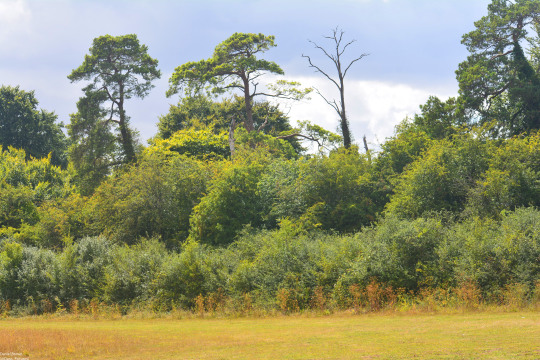
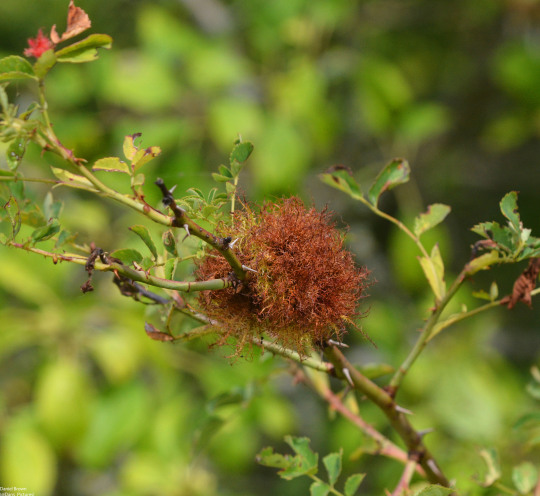
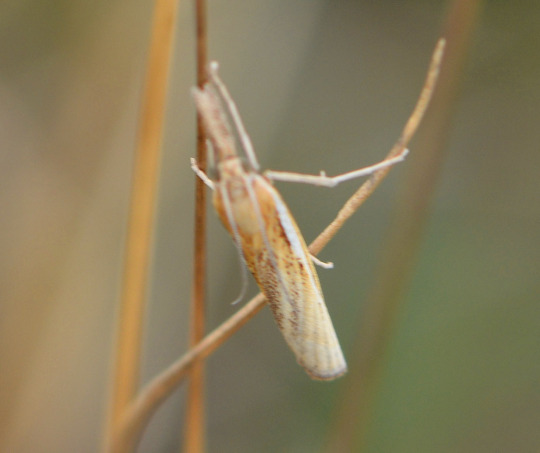

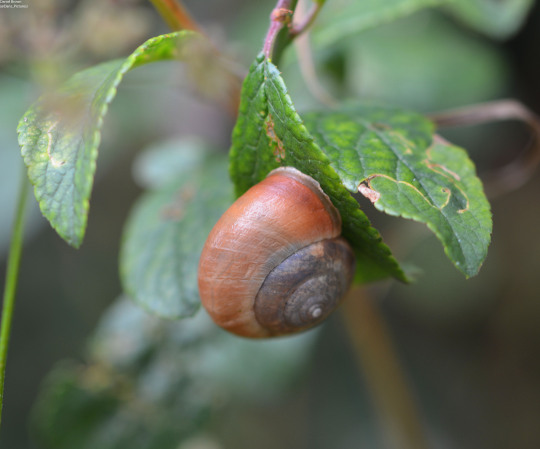
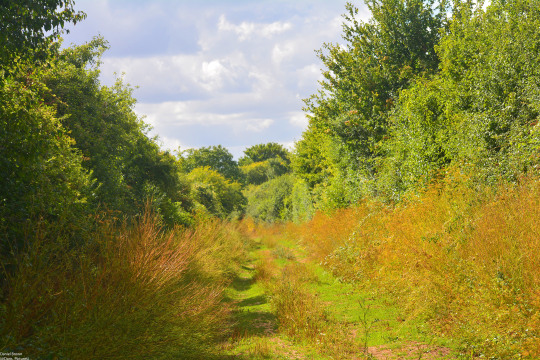
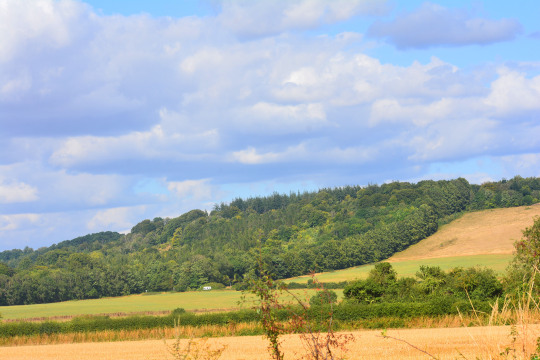

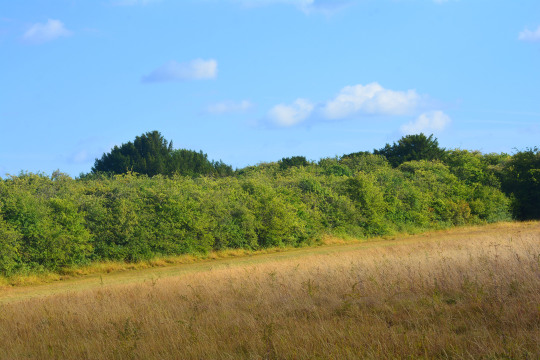

20/08/22-Shipton Bellinger and home
It was nice to come to Shipton Bellinger again today and get a great view of one of my favourite butterflies the Wall Brown, see a fair few Meadow Browns and Small Heath well bringing bright almost yellow flashes as they flew across the grass, Comma, Speckled Wood, I seem to recall Small White and Common Blue, Holly Blue and I believe another of my favourite butterflies the Brown Argus on a nice day of seeing butterflies. I also enjoyed seeing a Common Grass-veneer a unique shaped lovely micro moth which I took the third picture in this photoset of. A first for me, the 70th identified moth on my life list and 33rd moth of my year, the latter making my year list level with last years I only started doing moth year lists again last year after a few times I did it in the first half of the 2010s which never reached more than a single figure number as I wasn’t as into moths then so this year is my joint highest ever moth year list now and both make me feel how brilliant it’s been to see so many moth species the last few years and last few weeks in peak days for seeing them in the summer it seems.
I also liked seeing bee and hoverfly here today. I also saw a couple of snails here this afternoon which is always nice to see I took the fifth picture in this photoset of one. There were loads of mossy rose galls about of different shapes, sizes and colours which was a highlight today a distortion of an unopened axillary bud caused by the gall wasp they do fascinate me and I find them beautiful. I took the second picture in this photoset of one.
I enjoyed seeing rose hips too as well as pretty blackthorn sloes and other berries. St. John’s-wort which I took the fourth picture in this photoset of, self heal, common toadflax seen well again here after last time, bright yellow wild parsnip one I am enjoying a lot lately, viper’s-bugloss, bramble flower with blackberries seen nicely today too, pretty yellow meliot and agrimony, my first soapwort of the year a pretty one, wild basil including some a bit gone over and shadows of rosebay willowherb and ragwort were lovely plants to see today. The trees looked good shining green especially in the sunlight with some breathtaking and panoramic views I enjoyed again as we walked around the field and along the track. There were interesting sky scenes here this afternoon with nice patterns of clouds. I took the first, sixth, seventh, eighth and ninth pictures in this photoset of views here today.
There were some lovely birds seen at Shipton Bellinger this afternoon too headlined by seeing one of my favourites the Red Kite a treat to see as always with its plank of wood physique in the air being mobbed by a Rook, a nice dramatic moment to witness. I also liked seeing Jackdaw, Magpie, a few Woodpigeon well, House Sparrow and Herring Gull here this afternoon.
A House Martin as well as nice views were good to see on the way here. At home today I enjoyed seeing Starlings out the back well with Collared Dove and Goldfinch seen too, and enjoying fuchsia, horseweed, hebe, sedum, dahlia, Black-eyed Susan, geraniums, sweet William and sunflower in the garden I took the tenth and final picture in this photoset of the latter the large sunflower I enjoyed seeing from inside yesterday which was equally as impressive at close quarters I am enjoying seeing them at home and out lately. There were some nice sky scenes at home tonight with frizzy clouds. A day with great patches of sun.
#photography#walk#walking#shipton bellinger#hampshire#wiltshire#england#the south#south england#uk#world#nature#earth#happy#wall brown#meadow brown#common grass-veneer#moth#moths#grass#wild basil#wild parsnip#self heal#common toadflax#flower#flowers#red kite#rook#gall#mossy rose gall
4 notes
·
View notes
Text
Reproduction for one American grass is an open and shut case
Reproduction for one American grass is an open and shut case
https://ift.tt/r4cNPZi
New insights into the reproductive habits of a perennial grass, Danthonia compressa, may offer clues to understanding plant survival under changing environments. Gregory Cheplick’s research, published in AoB PLANTS, deciphers the dual reproductive strategy of this grass species, demonstrating how it adapts to fluctuating environmental conditions.
Danthonia compressa employs two types of reproduction: chasmogamous (CH) and cleistogamous (CL). Chasmogamous reproduction involves open flowers allowing cross-pollination, while cleistogamous involves self-fertilising closed flowers. Interestingly, these different flower types contribute to the plant’s survival in diverse conditions. The difference between the flowers starts with the panicles. A panicle is a flower cluster or inflorescence found in many plant species. It is characterised by a main stem (the rachis) with branches that further subdivide into smaller branches, each of which ends in a flower. Chasmogamous flowers grow on terminal panicles at the top of the plant. In contrast, cleistogamous flowers develop on axillary panicles, off the side of the plant, and also at the grass base as a “cleistogene.
Cheplick’s research showed that chasmogamous and cleistogamous reproductive habits displayed differing rates of seed set and fecundity across different habitats and over time. He discovered that chasmogamous reproduction was generally more variable, potentially impacted more by environmental changes, whereas cleistogamous reproduction was more stable. The axillary cleistogamous spikelets, including the basal cleistogene, provided additional fecundity, particularly in sunny environments and larger plants, highlighting the ecological significance of cleistogamy to plant fitness.
The study suggests that the heavy cleistogene could be critical for population persistence, acting analogously to the axillary bud bank of other perennial grasses. Essentially, a bud bank is a population of dormant buds that allows a plant to regrow after disturbances, such as grazing or fire.
The research also notes that larger tillers (the individual plants in a grass clump) produced heavier cleistogenes, suggesting that environmental conditions promoting plant growth can affect the reproductive strategy and success of Danthonia compressa. This indicates an intricate link between environment, plant size, and reproductive tactics. Cheplick concludes:
Analysis of the patterns of CH and CL reproduction in the native perennial grass D. compressa showed spatial and temporal variation in the two reproductive modes over a 5-year period. Relative to CH reproduction, fecundity, seed mass and biomass allocation were less variable for CL reproduction from year to year. Axillary CL seeds and especially the large basal cleistogene were much heavier than CH seeds made on terminal panicles. Also, both axillary CL seed production and cleistogene mass increased with increasing tiller mass and matured later in the season than CH seeds. The undispersed CL seeds are likely to be important to seedling establishment within the maternal habitat and could function to maintain populations, especially along woodland edges where this species mostly occurs.
Cheplick 2023
READ THE ARTICLE
Cheplick, G.P. (2023) “Spatiotemporal variation of chasmogamy and cleistogamy in a native perennial grass: fecundity, reproductive allocation and allometry,” AoB PLANTS, 15(3), p. lad020. Available at: https://doi.org/10.1093/aobpla/plad020.
The post Reproduction for one American grass is an open and shut case appeared first on Botany One.
via Botany One https://botany.one/
July 07, 2023 at 09:00AM
0 notes
Text
From Roots To Fruits: Exploring The Parts Of The Tomato Plant

The Parts Of The Tomato Plant
If you’ve ever wondered about the anatomy of a tomato plant, you’re in the right place.
In this article, we will dive into the various parts of the tomato plant, examining each part’s unique characteristics and functions. From the hidden depths of its roots to the vibrant colors of its fruit, we will explore all parts of the tomato plant, including roots, stem, leaves, flowers, fruits, seeds, axillary buds, trichomes, and vascular tissues.
Join us on this botanical exploration as we unravel the secrets of the fascinating world of tomato plants.
#garden#gardening#vegetablegarden#fruitgarden#growyourownfood#growyourownveggies#backyardgarden#homegarden#homegardening#homegardeninggardeningtips#tomato#tomatogrowing#tomatogrowers#growingtomatoes#plant#plantlover#tomatoplant#tomatoplants#plantparts#tomatofruit#tomatoleaf#tomatosuckers#tomatoflower#tomatoroots#partsofplants#partsofplant#vegetable garden#growyourown#gardening tips#backyard garden
1 note
·
View note
Text
notes 1
I am slogging through this first chapter of ISA Study Guide because it is the textbook for class and also it is just basic info that I should already know. Also it's made doubly painful by the fact that I read this chapter last summer (or at least I moved my eyes across the words) and yet each fact is a new fact to me.
BUT NOW. I have quarantined myself at Xo's house and I must read this chapter and take notes on it and also finish my homework for class which I will undoubtedly be able to do once I finish reading this. I will not default to my high school ways of reading the book in search of the answers to the homework questions. I will actually read the book.
I will now make an outline of what I have learned so far, and then read, and then repeat. Earlier I was reading two pages and I fell asleep.
Chapter 1: Tree Biology
- Tree anatomy
Cells and Tissues:
- There's meristematic cells which is like these cells can become anything and then they differentiate and form different parts of the tree. Meristematic cells include the ones where it makes the tree taller (primary growth) and the ones where it expands the tree and makes it wider (secondary growth). Oh also there's two cambiums, the regular one and the cork cambium which makes bark.
Xylem and Phloem and all the other bits inbetween.
- Xylem is made of dead cells and is inside the cambium. It consists of trachieds and vessels and parenchyma cells. Oh I forgot fibers. Also gymnosperms apparently don't have vessels? Why? Xylem conducts water and nutrients up and down the tree. The wood of a tree is xylem. Vessels in it can be ring-porous (bigger vessels earlier in season and smaller vessels later in season thus forming "rings") or diffuse-porous (occurring evenly throughout the wood).
- Phloem is alive and on the outside of the cambium and when it dies it becomes part of the bark. It conducts carbohydrates up and down the tree.
- Also important is ray cells which move things from inside to outside the diameter of tree.
Stems
- They consist of nodes and internodes. Nodes are places where buds and leaves can emerge. Internodes are the space between the nodes. Buds can be latent/adventitious which means they emerge later. In one of the Ed Gilman videos he showed "bud trace" which was showing the latent bud at the surface of the bark at each year the tree was growing. Buds are terminal/apical if they are at the tip of the shoot, and lateral/axillary if they are along the shoot. If you mess with the apical one you can interrupt apical dominance, which means that the apical bud prioritizes the most growth.
Leaves
- They do photosynthesis in order to make carbohydrates for themselves. They also do transpiration which cools down the plant and also pulls water up thru the xylem because it is evaporating off the leaf (that's what cools it). It is like drinking with a straw except you are the evaporation.
Roots
- Their functions include anchoring the tree, storing the carbohydrates, absorbing stuff from the soil, and conducting materials around the tree. The main roots are big and near the surface of the soil. The lateral roots are close to the surface. The sinker roots are ones that go straight down off the lateral roots. The absorbing roots are very fine and they do the absorption work. They grow where moisture and oxygen are. They have root tips which have meristematic tissue which allows them to continue growing. Roots unlike branches do not have hierarchy or taper. They just grow based on where they can maximize absorption.
- Tree Physiology
or: What do trees do all day?
Photosynthesis
- Trees convert light, carbon dioxide, and water into carbohydrates (and oxygen). They then store these "photosynthates" for consumption later.
Respiration
- Trees use the carbohydrates and release carbon dioxide and water for energy that they need in order to do their biological functions.
Transpiration
- Trees transpire to keep moving water/nutrients through itself. This also helps keep the tree cool by evaporation of water through the leaves. This can be regulated by stomata on the leaves.
Absorption
- Trees use water by moving it through itself. It can take in water through the roots, because of osmosis. The water potential in the roots is lower than in the soil, so the water will move from soil to roots. Sometimes the water potential in the roots is not lower than in the soil, such as when the soil has a lot of salinity. Then the water will move from the roots into the soil and the tree will suffer.
Translocation
- Trees move the photosynthates that it made through the phloem. There are different areas in the tree that have a lot of photosynthate, and those that have little (use a lot of energy). The tree distributes the photosynthate accordingly.
- In addition to using the phloem, trees can also move photosynthate via the ray cells.
Growth
- Growth is determined by both genetic potential and also environmental conditions, which may or may not allow the tree to use that genetic potential.
- Other things that influence growth are plant hormones, which regulate the amount of growth of roots/shoots, and also the direction of growth (tropisms).
- Genetics also determine if a tree's growth habit is excurrent (strong central leader) or decurrent (more rounded shape, not so much having a central leader).
Defend itself
- CODIT: the 4 walls that a tree forms if a pathogen is encountered.
- Wall 1: Xylem plugs up to prevent vertical spread
- Wall 2: Cells along the growth rings fill with chemicals to prevent inward spread
- Wall 3: Ray cells do something to resist spread around the trunk (form a pie wedge)
- Wall 4: New growth happens which protects the cambium and future growth.
- Even though Wall 4 is the best at preventing spread of decay, it can form structural weakness like cracks or "shakes" wtf is a shake.
- Tropical Trees and Palms
Tropical trees are very different from hardwood/coniferous (temperate region) trees. For one, they may not have annual growth rings because they may grow based on wet/dry seasons rather than year, or maybe they continuously grow. Secondly, they may not go into dormancy. Additionally, they have weird forms and plant parts.
Palms are also different from hardwood/coniferous trees because they are monocots. This means they do not have cambium in rings and they do not have secondary growth. Their vascular system is comprised of bundles, which they accumulate early in their growth. I did not know that palms generally increase in width before they increase in height. They also have one apical bud per stem, which is the growing point. This is usually hidden by their leaves. If this is severed, that stem of the palm will die. (I forgot that palms can have multiple stems.) The roots of palms are also different. Their roots originate from the base of the stem, known as "root initiation zone," and they are probably like grass roots in that they are all the same width and whatnot.
OK I FINISHED THE CHAPTER FINALLY
Why is it so hard for me to read textbooks. Okay now I have to rewatch the lecture videos and take more notes on them.
Week 2 Lecture
Shoots: Node/Internode
- On a shoot where the leaves have fallen off, how do you know if a section of it is node or an internode? What if it's a latent bud? How could you be sure??
Ok it basically just reviews what I typed in my outline above except less good and more haphazard due to audience questions lol. I may just read the book and zone out during the class. God how quickly I revert to my old ways.
0 notes
Text
Direct application of cytokinin to axillary buds stimulates their growth, suggesting that cytokinins are involved in breaking apical dominance.
"Plant Physiology and Development" int'l 6e - Taiz, L., Zeiger, E., Møller, I.M., Murphy, A.
#book quote#plant physiology and development#nonfiction#textbook#axillary bud#growth stimulation#cytokinin#plant growth
0 notes
Text
Addition of auxin to the shoot at the point of apical excision inhibits outgrowth, while application of auxin transport inhibitors to the stem releases the axillary buds below from apical dominance (Figure 19.30A). (...) Arabidopsis mutants defective in either strigolactone biosynthesis (max1 [more axillary growth1], max3, or max4) or signaling (max2) show increased branching without decapitation (Figure 19.30B).
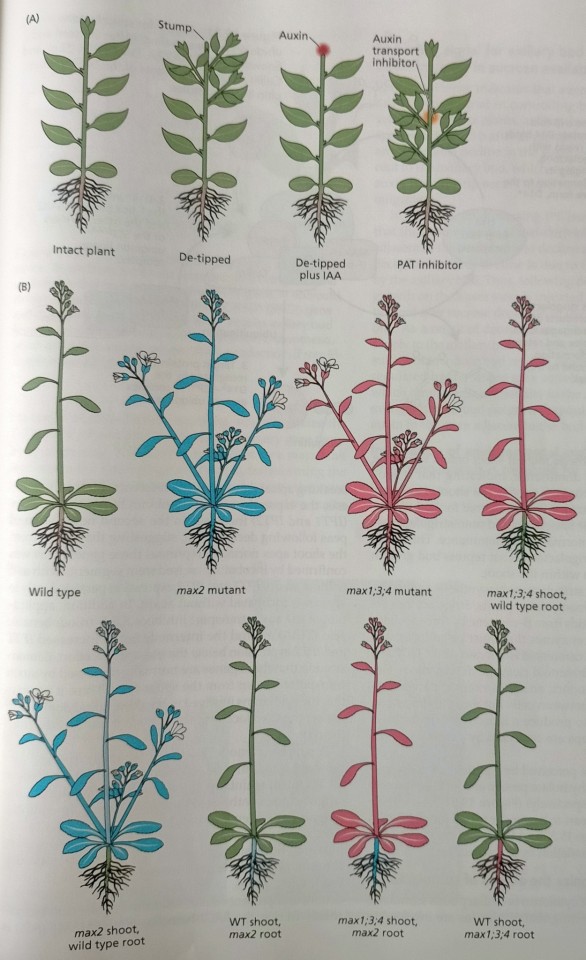

"Plant Physiology and Development" int'l 6e - Taiz, L., Zeiger, E., Møller, I.M., Murphy, A.
#book quotes#plant physiology and development#nonfiction#textbook#plant growth#auxin#strigolactone#apical dominance#arabidopsis#mutant#mutation#max1#max2#max3#max4#more axillary growth
0 notes
Text
Study of Fluorescent Substrates and also Substrate-Dependent Friendships of your Drug Transporter Natural Anion Carrying Polypeptide 2B1 (OAlpelisib2B1)
The capacity fading was discovered to get similar to 17% after 2 hundred cycles for 100% detail associated with eliminate. The particular potential along with potential preservation of those combines were found to be similar to 10% and similar to be able to 40% greater correspondingly compared to beautiful sprays which can be guaranteeing taking into consideration his or her low cost and semplice fabrication procedure. (Chemical) This year Elsevier Ltd as well as Techna Party Azines.third.l. All privileges reserved.Induction involving high-frequency capture renewal utilizing nodal sections containing axillary buds from your 1-yr-old new mother crops regarding Cannabis sativa has been accomplished in Murashige and also Skoog (Milliseconds) medium that contain Zero.05-5.0 mu Michael thidiazuron. The high quality along with level of regenerants were far better along with thidiazuron (3.Your five mu Michael thidiazuron) as compared to benzyladenine or kinetin. Including 6.2 mu Meters associated with gibberellic acid in to a medium that contains 2.Your five mu Meters thidiazuron a little greater shoot progress. Elongated shoots while utilized in half-strength Milliseconds moderate supplemented together with 400 mg t(-1) initialized outdoor cooking with charcoal and 2.A few mu Mirielle indole-3-butyric acid solution triggered 95% rooting. The actual based vegetation ended up efficiently acclimatized within earth. Right after acclimatization, expansion efficiency regarding 4-mo-old inside vitro disseminated vegetation was #Link# weighed against former mate vitro vegetatively produced vegetation of the same grow older. Your photosynthesis and also transpiration qualities had been researched beneath diverse light levels (Zero, 500, One particular,000, One particular,Five hundred, as well as Only two,1000 mu mol mirielle(-2) s(-1)). More photosynthesis ended up being observed along with rise in the light power around 1,Five-hundred mu mol michael(-2) s(-1) after which diminished eventually from increased light quantities in forms of vegetation. However, the growth #Link# has been more pronounced at lower lighting intensities under Five-hundred mu mol mirielle(-2) utes(-1). Stomatal conductance and also transpiration elevated along with gentle intensity as much as highest stage (The year 2000 mu mol meters(-2) utes(-1)) analyzed. Intercellular CO(2) attention (D (my partner and i)) along with the ratio regarding intercellular Company(A couple of) awareness in order to surrounding Denver colorado(2) (Chemical (i)/C (any)) reduced together with the boost in gentle intensity both in within vitro as well as ex girlfriend or boyfriend vitro lifted plants. The final results demonstrate that in vitro spread as well as hardened crops had been functionally just like former mate vitro plants associated with same age in terms of gasoline and also normal water steam trade #Link# features, inside limits of this review.OBJECTIVE. Age of puberty is an important period of chance to add mass to lifelong smoking habits. Powerful, despite the fact that inconsistent, proof suggests a relationship between parent using tobacco and the likelihood of cigarette smoking introduction in the course of adolescence. This research researches unresolved concerns regarding the power and mother nature in the organization among mother or father smoking as well as offspring smoking cigarettes introduction.
0 notes
Text
-If potatoes have many eyes(axillary bud) can I consider you a potato, angel?
-Oh Crowley. Somebody needs to sleep.
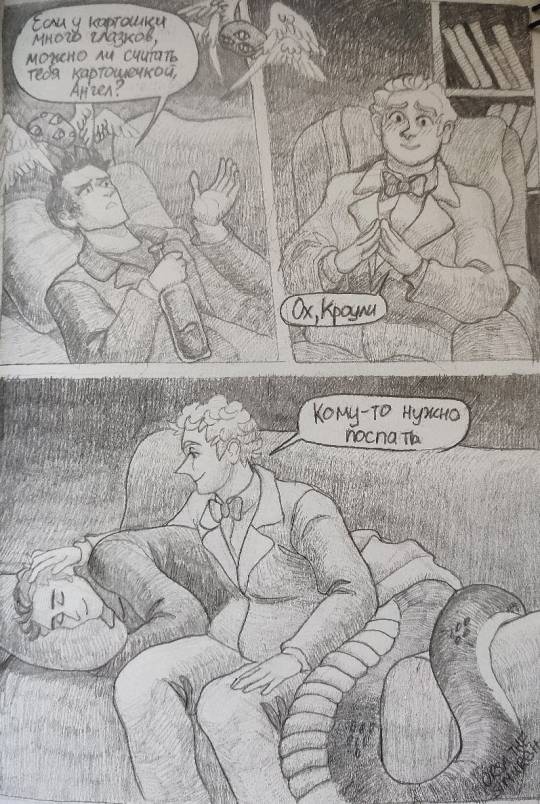
898 notes
·
View notes
Text

It got knocked around as I was tying it down apparently (Malabar spinach is very mucilaginous and slippery) but it looks like this graft worked out! At least I think so judging by it still being green and purple.
Hopefully it’ll stay that way and the axillary bud can activate!

I got bored and ended up doing some very late night/early morning grafting for more practice, including some non-bud grafts so I don’t have to worry about buds not waking up even if they do take.
#plantblr#plants#basella#grafting#food plants#plampts#4am ADHD gremlin brain things#special interests Do Not care that you need to sleep
22 notes
·
View notes